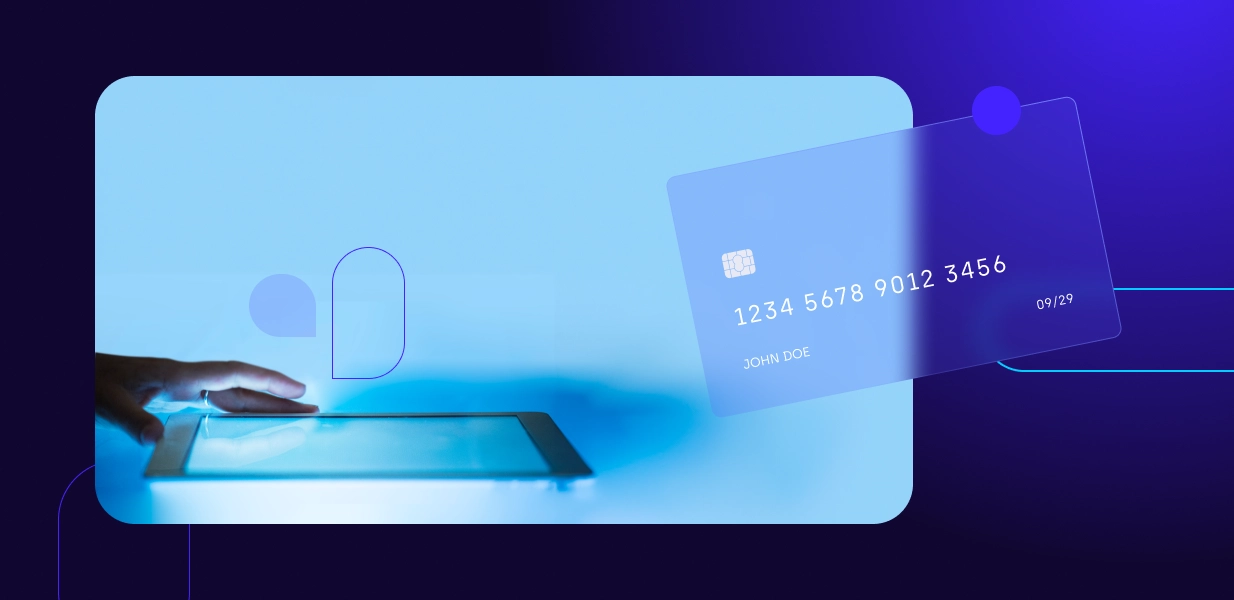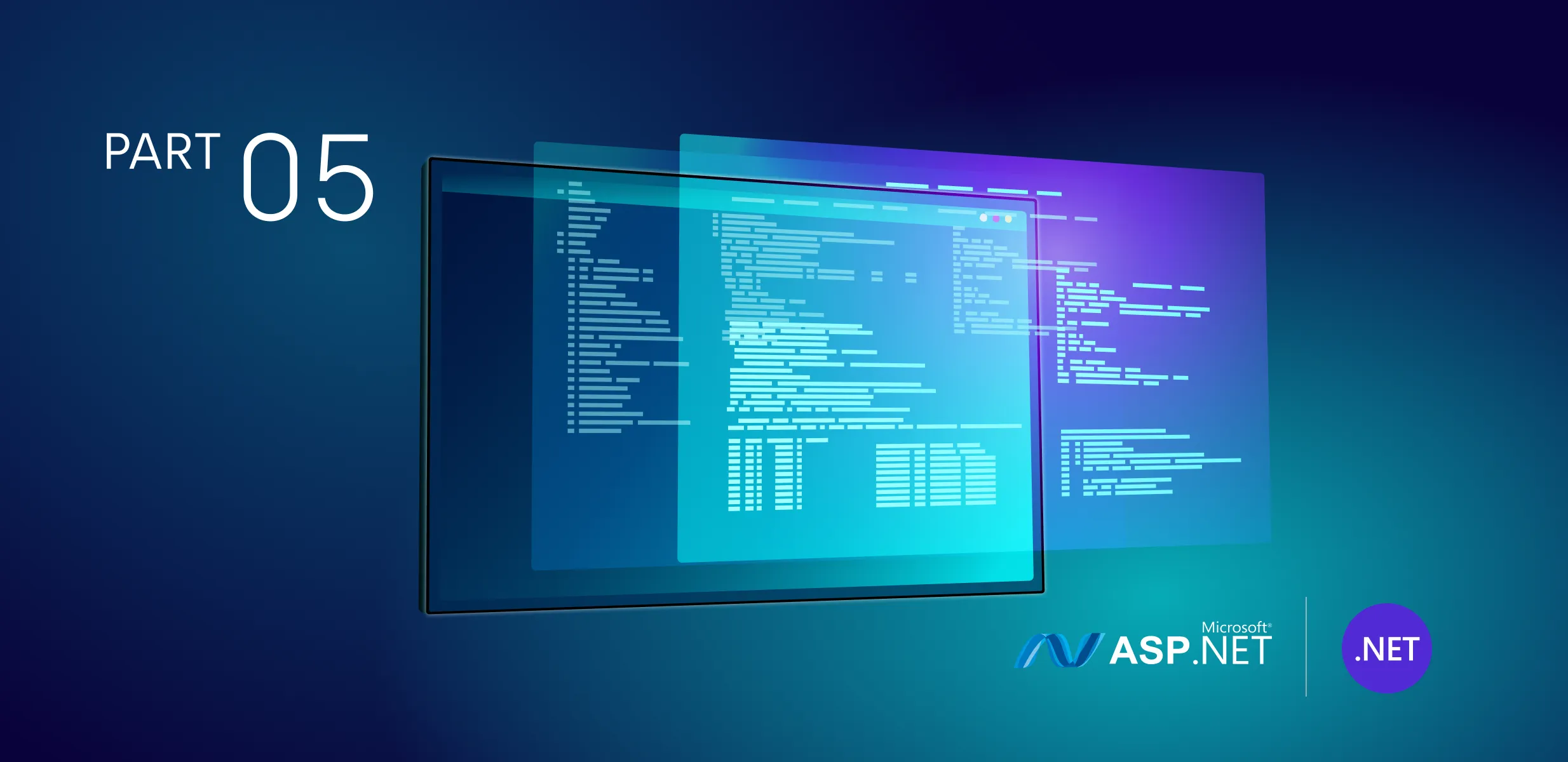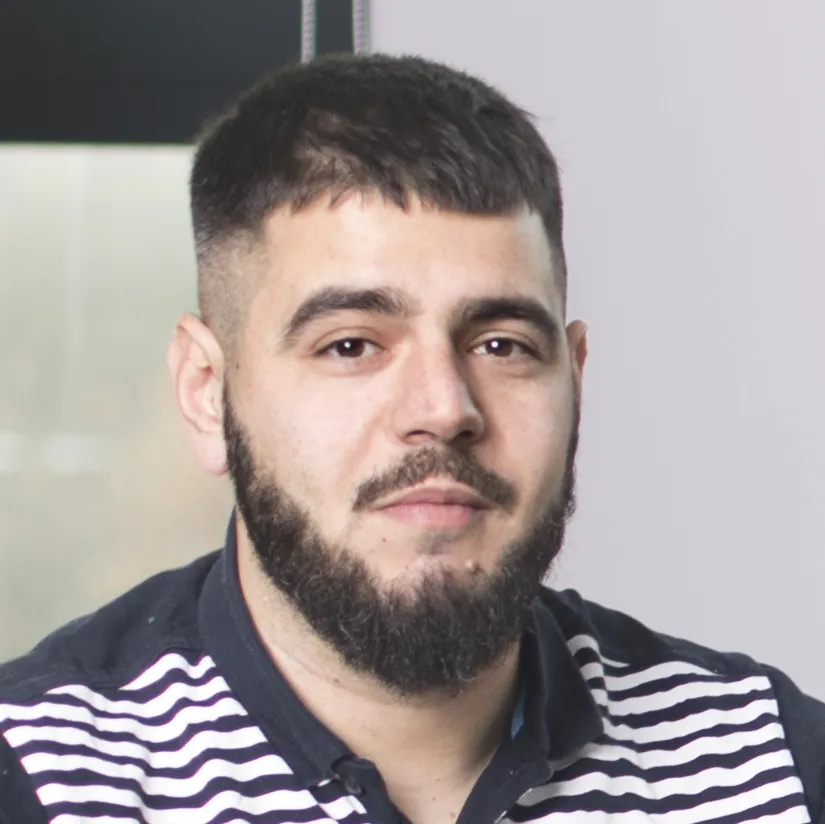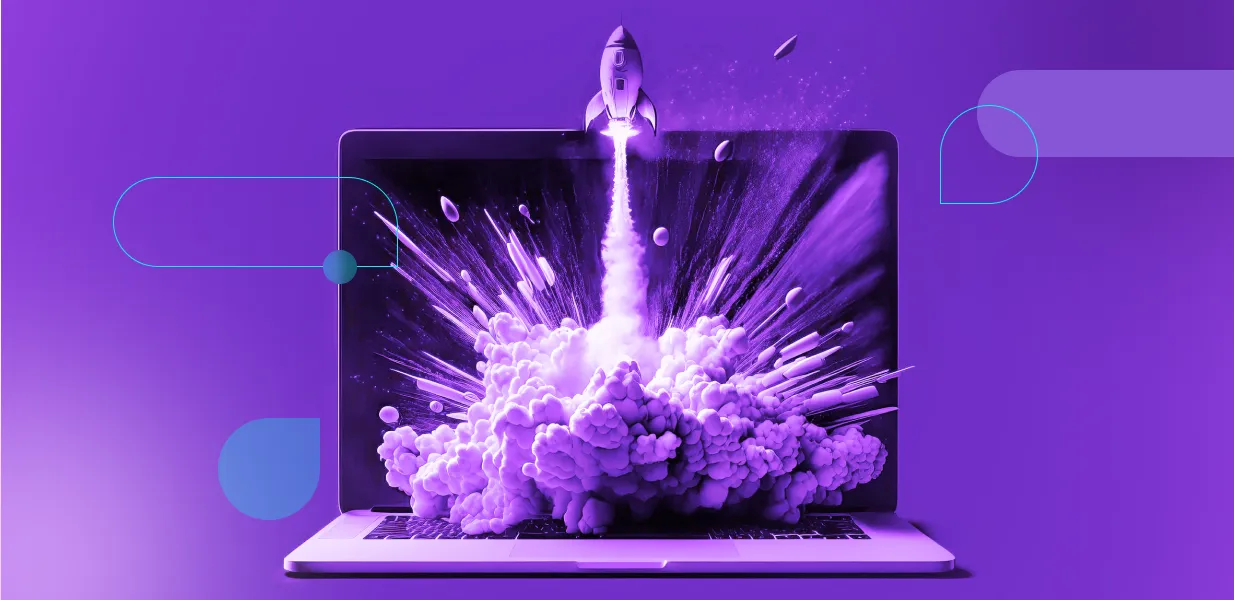
Requirements gathering – Quick guide

The requirements-gathering process may sound simple or be considered administrative work anyone can take care of, but essentially, it is the most crucial piece to any project management to define project scope.
This first step of requirements gathering ensures that all project stakeholders are aware and fully understand what is and is not expected of the product and its milestones. All team members and the project manager must understand the scope fully. Eventually, project requirements are to be agreed upon with all the stakeholders - internal and external.
What is requirements gathering?
Requirement gathering is the process of understanding what we are trying to build as a product and why we are making it – it is the process meant to discover and manage project requirements that a product or a solution might need to meet.
It is often collected as a part of software development and incorporates the precise definition of high-level features and intended use specifications of the product. The process also includes the following:
- Stakeholder mapping and engagements
- Checking documentation-related project requirements
- Putting forward assumptions and technical needs
- Monitoring progress
Why is the requirements gathering process so crucial and necessary to project management?
Managing the requirements-gathering process during different stages of software development saves time, resources, and money.
Additionally, project requirements set the project goals and guide engineers and designers through prototyping, coding, and testing. Wrong or incomplete specifications will lead to project creeps, delays, and poor user acceptance or adoption.
Requirements gathering in project management
In traditional waterfall project management and software development, the requirements-gathering process is at the very beginning of the project. The entire project team is on standby and waits for the review and approval of any detailed requirements. Approved requirements are unlikely to change because change requests are often costly and disruptive.
Agile methods of requirements gathering support the evolution of the ultimate product that best addresses user needs and business goals.
Let’s focus on the best requirement-gathering practices in an agile development environment, as the waterfall method is obsolete nowadays and isn’t flexible enough.
Agile methodology in the continuous development form relies on fast, iterative, customer-focused processes. The scope still defines the project’s purpose and its milestones. Still, the project team must always consider the newly developed feature’s user experience, the users’ outcomes, and how their behavior changes. Regular feedback from users and analysis of their behavior may lead to ongoing improvements of already implemented features.
There are two main areas to focus on in the gathering process - the project scope and goals, including release dates and business objectives, and identifying all project stakeholders, which may reflect on requirements definition and prioritization.
Requirement’s classification
Gathering requirements is generally divided into three key segments: user, business, and technical. Let’s dive deep it the characteristics of each of these.
Business requirements
Business requirements clarify questions such as:
- Why would a customer buy the product?
- What problem does it aim to solve?
- What is in the product for me as a potential customer?
Addressing a project’s business side entails a detailed understanding of the client’s industry and the competitive advantage offered.
Usually, the business requirements are detailed as requested high-level features that must develop for a particular milestone.
User requirements
User requirements focus on the user experience. Here you can work with a focus group that expresses the potential users’ behavior when interacting with the product. User requirements clarify the following questions:
- How will the product be used?
- What will be the most common user behavior?
- What would be the user's expectation during interaction with the product?
Multiple user stories determine the specification of one feature. The team’s requirements are detailed in grooming sessions when written as user stories. Usually, the product owner or the project manager presents the feature specifications and business needs to the team and then goes through the detailed user stories covering the feature itself or at least the minimum viable product.
While this high-level grooming is happening, the project team should discuss and agree on the effort needed to develop the requested feature’s scope.
Technical requirements
Technical requirements or enablers look at the technologies of the product, how it is developed and what the required tech stack is.
Once a requirement is outlined and a rough estimate is discussed, the items are listed in a backlog ordered by priority. The prioritization is based on projectstakeholders’ needs, estimated effort, and technical prerequisites.
It is easy to provide accurate estimates and prioritize smartly if the team is working with agile requirements. If the requirements are larger and more complex, they may create dependencies between the teams which should be considered and addressed at a very early stage of the process during cross-team high-level grooming sessions.
Requirements gathering techniques
Project managers can and should share best practices for gathering requirements. A few tools and techniques are likely to help us in the process of requirements gathering.
Interviews with project stakeholders
Another type of requirements gathering is the interview with project stakeholders. The project manager and team should conduct one-to-one conversations with stakeholders to elicit or validate needs and project requirements.
The interview may also involve a question-and-answer session to discover other potential stakeholders and any discrepancies between needs, the high-level requirements derived from those needs, and the resulting detailed requirements. During the interviews, a product prototype can be used for a UX assessment.
Questionnaires or surveys
Questionnaires are commonly used during requirements gathering, especially to get end-user feedback. They can be done in the form of an online or offline survey. Except for the standard questions in the survey, an exciting approach is also to include and use emoticons to learn how end-users feel about certain aspects of the product.
Mind mapping
Mind mapping is a method of requirements gathering by which ideas can be quickly and easily brainstormed. It is a very useful approach if we want to gather all customer stakeholders’ visions and ideas into one place. All these ideas must be visualized on a whiteboard, and the user’s journey should be outlined rather than only verbally discussed.
As requirements gathering is a fundamentally human process, it is, by extension, not static. There is no such thing as a missed requirement. A “missed” requirement is a future improvement based on an analysis of customers’ behavior and feedback.
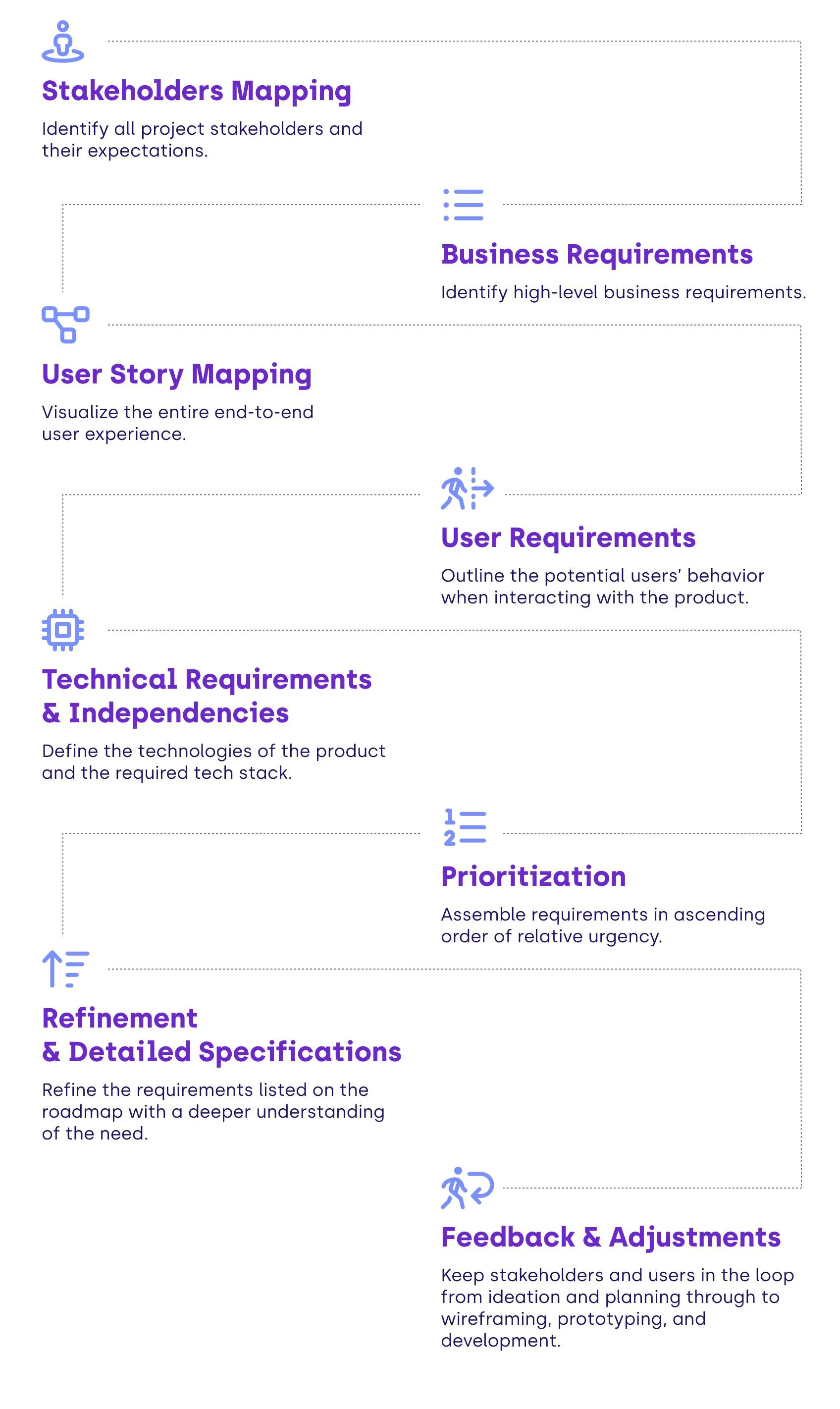
Resolute Software’s mission is to help companies achieve their goals, transform their business and modernize their systems and processes. Contact us and embark on your digital journey with a trusted partner!



